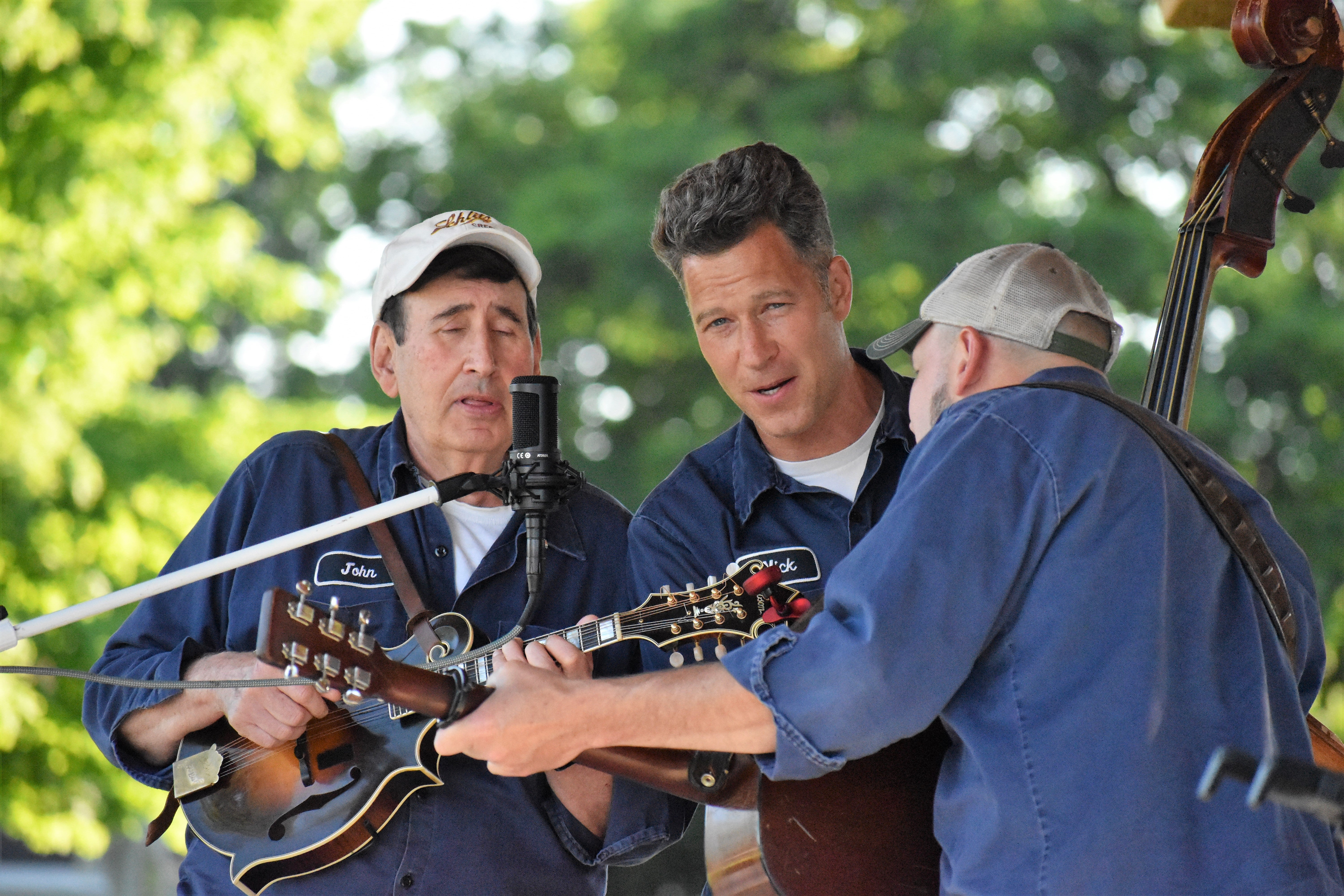City hopes to move forward on proposal for dam next month
Published 10:29 pm Wednesday, March 30, 2011
The fate of the old Pucker Street dam, which has been dormant in Niles for about 20 years, may be decided next month.
Niles City Administrator Terry Eull said Wednesday that the city council will hold a committee of the whole meeting at the beginning of April during which the issue will be discussed again.
“Hopefully we’ll be able to make some movement on the issue,” he said.
The dam, which is owned by the city but is located in Niles Township, has drawn interest from three businesses hoping to restore it and use it again to produce power.
Peterson Machinery in Casa Grande Ariz. and Hope Renewable Energy LLC out of Grand Rapids outlined proposals to the council last June. Both the companies are interested in making repairs to restore the dam to produce hydroelectric power and sharing the revenues with the city.
Most recently the city heard from Falling Waters LLC, a new company out of South Bend, which would equip the facility with the newest hydroenergy technology that would triple the dam’s production. The technology would involve three turbines and would be eco- and fish-friendly, according to Fallng Waters representatives.
Mayor Mike McCauslin offered his opinion on the issue at this week’s council meeting.
“The council was very impressed with the most recent offer, because there is very little impact on the impoundment,” he said.
McCauslin also indicated that requests for proposals will be sent out soon for the dam’s lease or sale.
Eull agreed that in his talks with the council that it appears it is leaning toward the offer from Falling Waters.
“Of all the proposals, that technology does look the most encouraging,” Eull said. “It’s not new technology per se. It’s used a lot in Europe. It’s not new to them over there.”
The Pucker Street dam would be one of the first facilities in the country to use the technology.
The Michigan Department of Natural Resources has recommended removal of the dam, which would cost around $1.5 million. A group of concerned residents and environmentalists, known as the Dowagiac Riverkeepers, has also advocated for removal.






